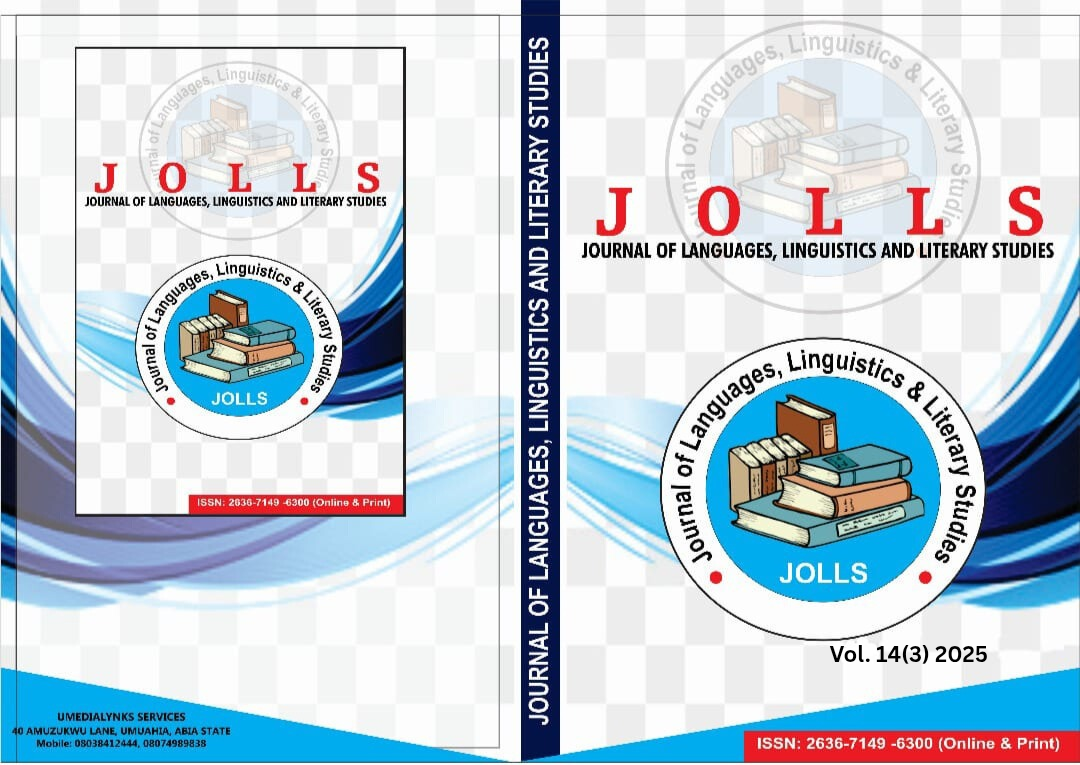MULTIMODAL DISCOURSE ANALYSIS OF NEWSPAPER IMAGES ON FUEL SCARCITY IN NIGERIA
Abstract
Fuel scarcity in Nigeria is a persistent socio-economic challenge that has defied resolution by successive administrations. Beyond its immediate impact on access to petroleum products, it creates ripple effects that disrupt daily life, weaken economic productivity, and erode public trust in governance. The mass media, particularly newspapers, play a central role in shaping public understanding of this recurrent crisis, not only through written reportage but also through the strategic use of images. This study adopts a multimodal discourse analysis framework to investigate the visual representations of fuel scarcity in Leadership and Daily Trust newspapers. By examining selected images, the research highlights how semiotic resources such as composition, framing, and symbolism are mobilised to construct narratives of frustration, inefficiency, and social disorder. The findings reveal that fuel scarcity is depicted as a menace that perpetuates long queues, loss of man-hours, traffic congestion, corruption, negligence, extended travel times, and illegal economic activities. Ultimately, the study underscores that such visual portrayals reinforce the perception of fuel scarcity as a structural impediment to Nigeria’s development, contributing to the broader discourse on governance, accountability, and societal resilience.
Downloads
Published
How to Cite
Issue
Section
License
Copyright (c) 2025 International Journal of Arts, Languages, Linguistics and Literary Studies

This work is licensed under a Creative Commons Attribution-NoDerivatives 4.0 International License.




